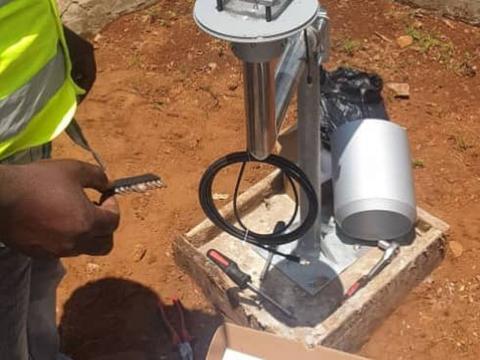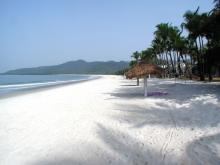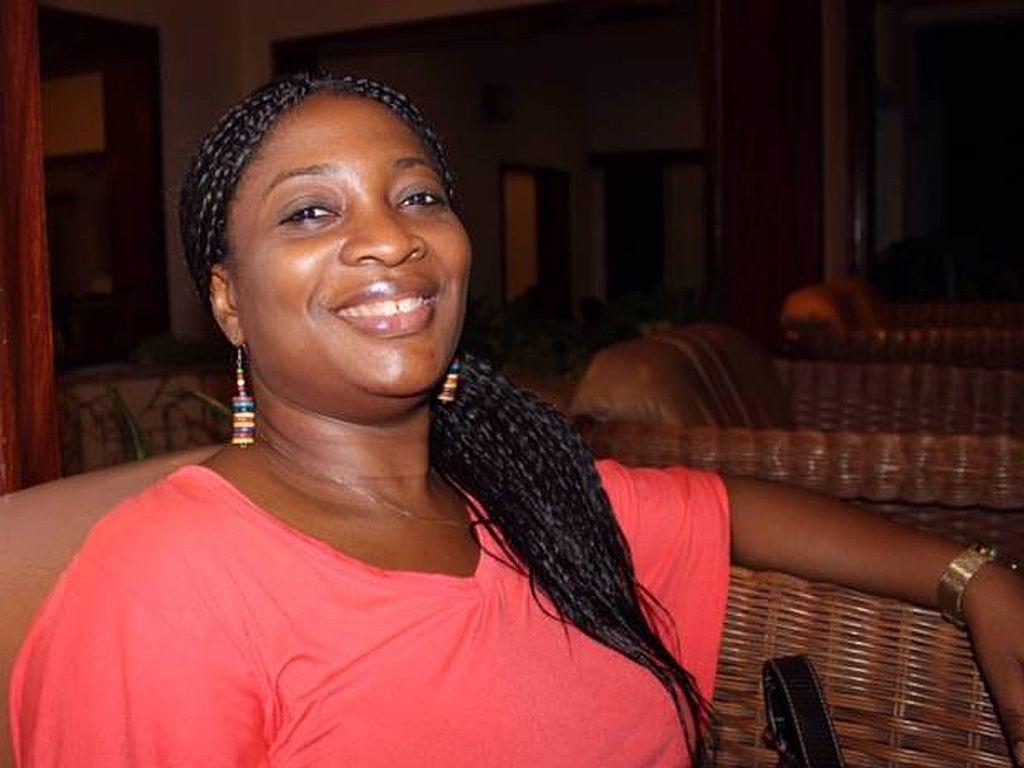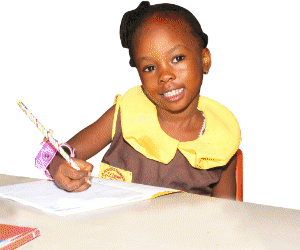By Mabinty M. Kamara
The Sierra Leone Meteorological Agency (SLMet Agency), in an effort to prevent unforeseen disasters, has commenced the installation of 60 rain gauges across the country.
The process is under an African Development Bank (AfDB) support project to the Sierra Leone Water Company (SALWACO), Sierra Leone Meteorological Agency and the National Water Resource Management Agency (NWRMA).
The Deputy Director General of the Sierra Leone Metrological Agency, Gabriel Kpaka, told Politico that the 60 rain gauges were automatic devises which do not need any assigned staff to monitor their operations as the data collected can be sent directly to the agency’s saver for onward access.
He said that the installation process, which is taking place in all regions across the country, is expected to be completed by the end of September this year, the devises will also be installed at the Sierra Leonean boarders with its two neighbors: Guinea and Liberia.
The rain gauges, according to Kpaka, will record rainfall patterns and also aid the expansion of rainfall forecast from the current seven locations to six others. He said this will aid the availability of rainfall data for research and other development activities across the country.
“The essence of the rain gauge basically is to record the rainfall in the different locations. That will also help us to determine the rain patterns in the different regions. Of course, by that we can know the areas that are getting heavy rains and the areas that are getting less rain. So it’s going to have an effect on agriculture because we know that most of the agricultural activities are rain fed. In relation to disaster management, it will help us to do flood forecasting and disaster is not only limited to rain fall because there is wind, there is high temperature, and its affects people. So with this one, it will be helping us to give early warning to those places where they are installed,” he explained.
Kpaka noted that the 60 rain gauges been installed will add to the existing 21 weather stations across the country, which has over the years proved insufficient for their operations.
Sierra Leone has over the years recorded some devastating disasters, mostly as a result of heavy rain falls, leading to flash floods that have led to the destruction of many lives and properties.
However, the hardest hit areas by those disasters have been the capital, Freetown, largely due to the pattern of construction of houses.
Copyright © 2020 Politico Online








